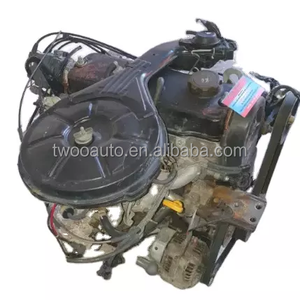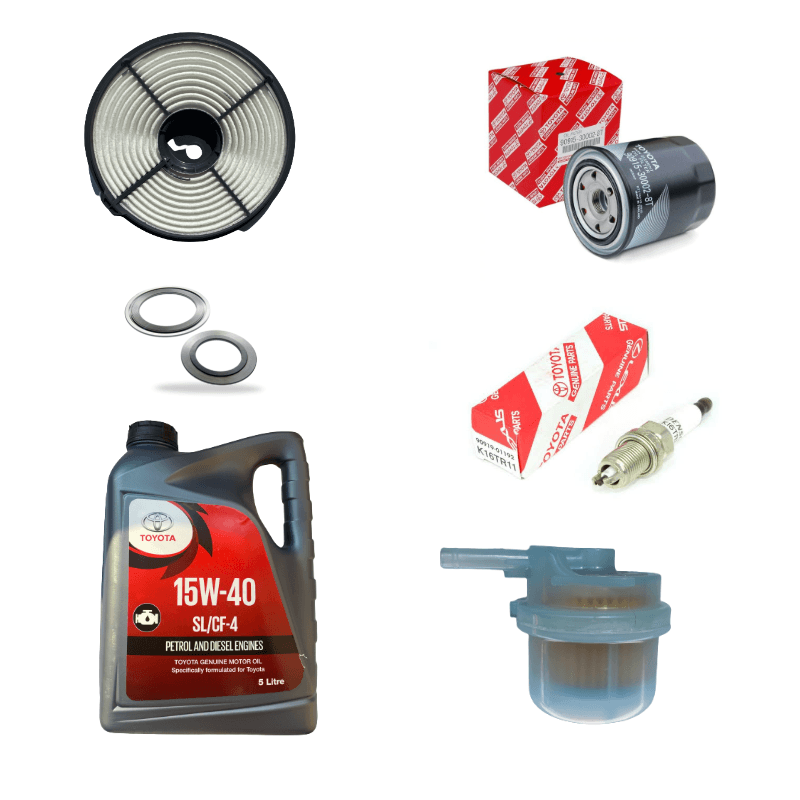Explore the Newest Fads in Engine Modern Technology Through Tazz
In the rapidly evolving landscape of auto modern technology, Tazz stands at the forefront, highlighting considerable advancements in engine systems that prioritize both innovation and sustainability. From crossbreed engines that maximize gas efficiency to the appearance of hydrogen fuel cells, the fads forming contemporary powertrains are not just boosting efficiency however also addressing essential environmental challenges.
Crossbreed Engine Innovations
Hybrid engine advancements represent a critical change in automotive technology, combining the benefits of internal combustion engines with electrical propulsion systems. This combination not just improves gas effectiveness however also lowers emissions, meeting increasingly rigid ecological guidelines. By using both power resources, hybrid engines can maximize performance, supplying power when required while preserving gas during less demanding motoring conditions.
Recent improvements in crossbreed modern technology include enhancements in battery effectiveness and regenerative braking systems. These innovations permit for better power recovery throughout slowdown, which can be redirected to help in acceleration or power auxiliary systems. Suppliers are concentrating on lightweight materials and small layouts to maximize the effectiveness of hybrid powertrains.
The advancement of plug-in crossbreeds has additionally expanded the marketplace, enabling chauffeurs to charge their automobiles using basic electric outlets. This attribute often enables considerable all-electric variety, additional reducing dependence on traditional gas. tazz. As the automotive sector continues to develop, hybrid engine technologies are expected to play a crucial role in bridging the gap between traditional vehicles and totally electrical models, providing a transitional service that deals with varied consumer requirements and choices
Advances in Electric Powertrains
The automotive landscape is quickly developing, with electric powertrains emerging as a leading force in lasting transport. Developments in electric car (EV) modern technology are considerably boosting user, efficiency, and performance experience. Key developments consist of improvements in battery chemistry, which have boosted power density, reduced billing times, and extended overall battery life.
Solid-state batteries, as an example, assure to revolutionize the marketplace by giving higher safety and security and efficiency compared to standard lithium-ion cells. Advancements in regenerative braking systems are enabling lorries to recover energy during slowdown, adding to total efficiency.
Along with battery innovation, electrical motor designs are ending up being a lot more sophisticated. Developments such as incorporated electric motors and advanced thermal monitoring systems are assisting to enhance power distribution and lower weight, ultimately enhancing car dynamics.

Jointly, these advancements highlight the commitment to transition in the direction of cleaner, a lot more efficient transport options, positioning electrical powertrains at the leading edge of automotive advancement.
The Increase of Hydrogen Fuel Cells
Progressively, hydrogen fuel cells are getting traction as a practical option to standard interior combustion engines and battery electric lorries. This innovation utilizes the chemical energy kept in hydrogen, transforming it into electricity with an electrochemical response with oxygen. The main byproduct of this process is water, making hydrogen gas cells an ecologically pleasant choice with zero discharges at the tailpipe.

Automakers are progressively buying hydrogen gas cell technology, acknowledging its capacity for long-range applications and rapid refueling capacities that match conventional fuels. Additionally, industries such as heavy-duty Clicking Here transport and public transportation are particularly appropriate for hydrogen gas cells, where battery electric solutions might fail because of weight and array constraints.
As study and investment remain to broaden, hydrogen fuel cells are poised to play a considerable role in the future landscape of tidy transport and energy solutions.
Enhancements in Internal Burning Engines
Developments in inner burning engine (ICE) modern technology are changing typical lorries to fulfill contemporary ecological requirements and performance expectations. Straight gas injection, for circumstances, allows for much better atomization of gas, leading to more total combustion and boosted power outcome.
In addition, turbocharging has actually gained prominence, enabling smaller sized engines to supply greater efficiency without the weight of larger engines - tazz. This innovation not only boosts efficiency yet also adds to lower fuel intake. Variable shutoff timing systems are also being refined, making it possible for engines to adapt to numerous driving problems for enhanced torque and responsiveness
Moreover, using lightweight materials in engine construction is becoming standard, more improving gas performance by reducing overall vehicle weight. Engine control devices (ECUs) are significantly advanced, enabling real-time modifications that maximize efficiency and exhausts.
These improvements jointly indicate a critical change in ICE technology, aligning with international sustainability goals while still providing the performance vehicle drivers get out of their cars. As the market develops, these renovations remain to shape the future of conventional auto design.
Future Fads in Engine Efficiency
Substantial advancements in engine effectiveness are expected as producers concentrate on incorporating cutting-edge modern technologies to fulfill stringent environmental policies and consumer demands. The shift in the direction of electrification, crossbreed systems, and alternative fuels is improving the auto landscape, driving technologies that boost fuel economic situation and lower exhausts.
One of the crucial patterns is the execution of sophisticated products and manufacturing methods. Light-weight compounds and high-strength alloys contribute to reduced vehicle weight, thus enhancing total effectiveness. Additionally, the adoption of turbocharging and variable shutoff timing innovations enables improved power output from smaller sized engines, better enhancing useful site gas economic situation.

Conclusion
Developments in hybrid engine systems, electrical powertrains, and hydrogen internet gas cells show a dedication to decreasing exhausts while enhancing efficiency. Renovations in interior combustion engines and an emphasis on lightweight materials add to overall engine effectiveness.
From hybrid engines that enhance fuel efficiency to the emergence of hydrogen gas cells, the fads shaping contemporary powertrains are not just boosting efficiency but additionally attending to crucial environmental obstacles.Crossbreed engine technologies stand for an essential change in auto innovation, combining the advantages of internal burning engines with electrical propulsion systems.In addition, turbocharging has obtained prominence, permitting smaller sized engines to deliver higher efficiency without the weight of larger engines. In addition, the adoption of turbocharging and variable valve timing modern technologies permits for boosted power output from smaller sized engines, even more enhancing gas economic climate.
Enhancements in internal burning engines and a focus on lightweight products add to total engine effectiveness.